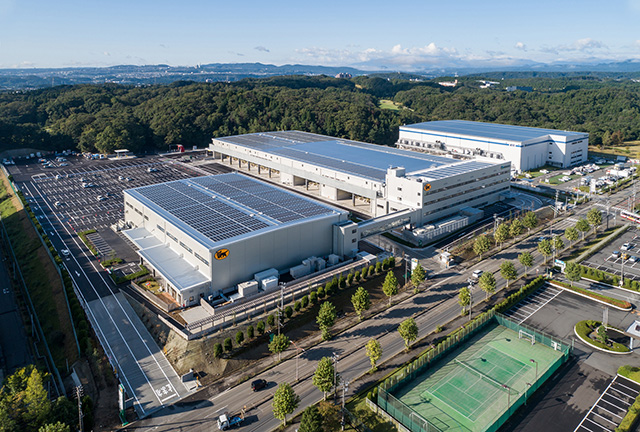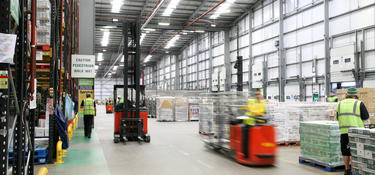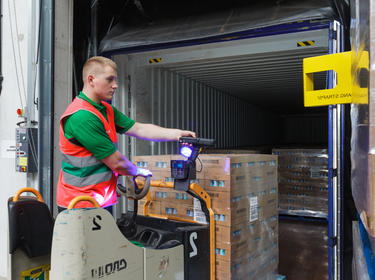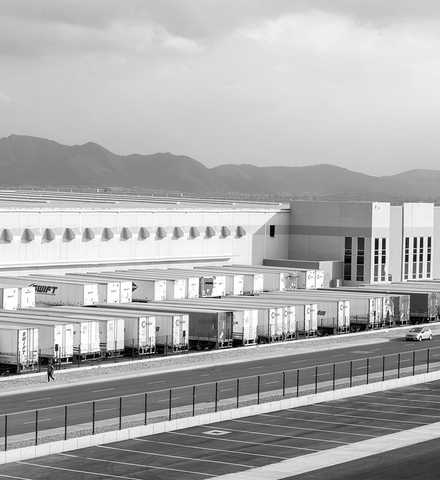
How to Manage a Warehouse Labor Shortage
A warehouse or distribution center has many moving parts. Each one requires workers who are skilled in particular areas to keep the facility operating at peak performance. From pickers and packers to drivers and assembly workers, the labor force in a warehouse is diverse. When there’s a shortage of personnel, the impact is felt throughout the company—and even by its customers.
Warehouses sometimes experience high employee turnover because there are so many competitors vying for top talent that employees often leave one warehouse to work at another. Therefore, knowing how to manage a warehouse labor shortage is important for any warehouse manager. Even more important is knowing how to keep employees from leaving in the first place.






